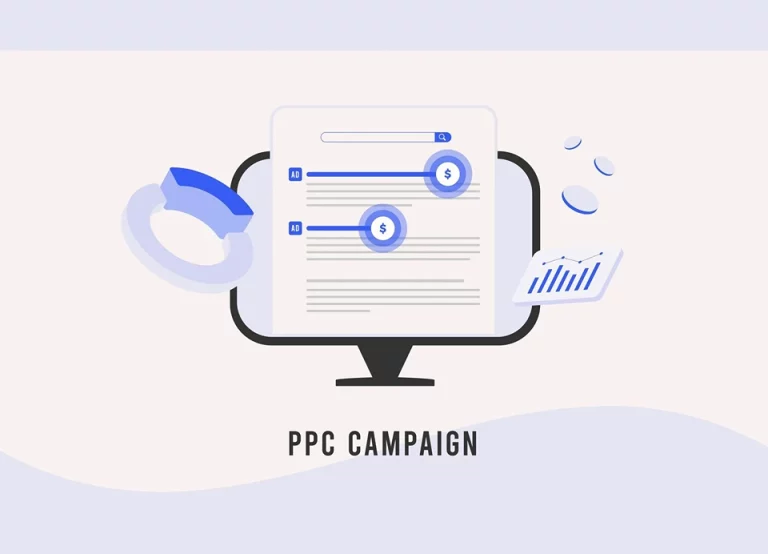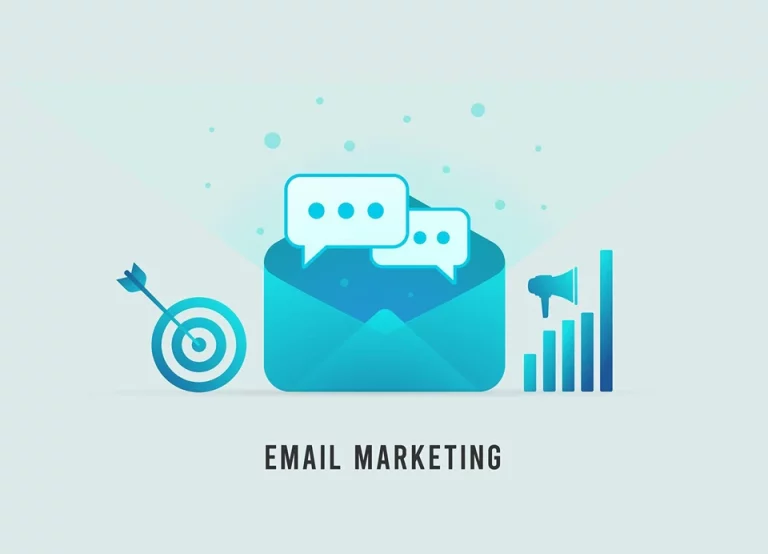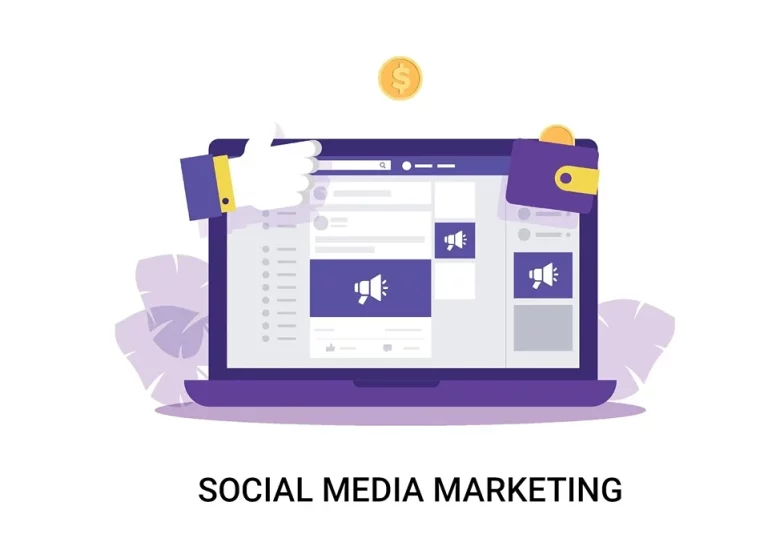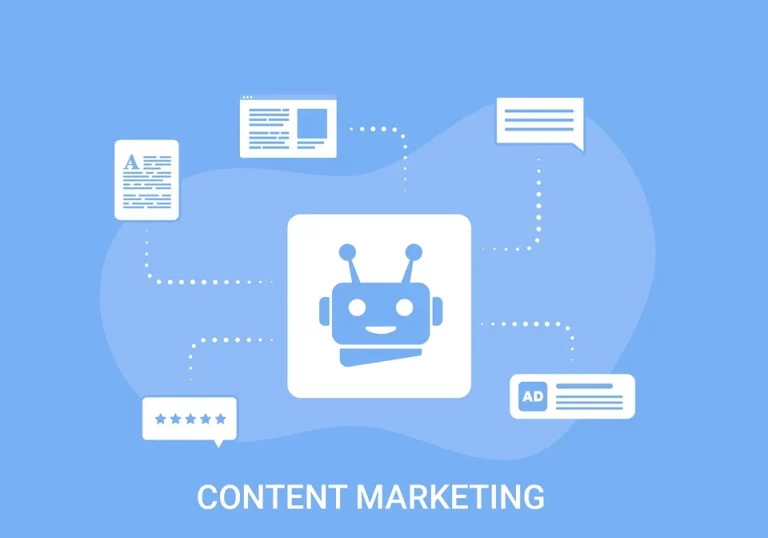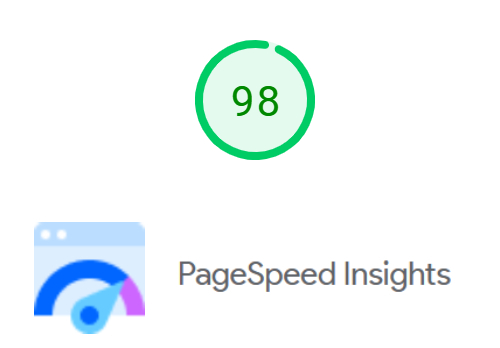Digital marketing
Making You Visible in the Digital World
Dividing Digital Marketing
Digital marketing can be divided into eight main categories:
- search engine optimization
- pay-per-click
- social media marketing
- content marketing
- email marketing
- mobile marketing
- analytics
- affiliate marketing, which we also know by the term affiliate marketing.
In the last decade, digital marketing has become an important part of an organization’s overall marketing strategy. It allows companies to tailor messages to target specific audiences, making it possible to trade directly with people who are likely to be interested in their product.
Quality
Everything we do, we do at 110%. You don't have to worry about your project being done poorly.
History
We have over 20 years in the digital marketing industry. We are the best choice for your project.
Price
With us, you don't overpay for the entire property on projects. Our prices are affordable for everyone.
Testimonials
We have dozens of projects under our belt. All of our clients will tell you that working with us is perfect.
What is digital marketing?
Digital marketing strategy encompasses a wide range of marketing tactics and technologies used to engage consumers online. As a form of online marketing, it allows organizations to create a brand identity that has revolutionized the marketing industry.
While digital marketing may seem like a new world, it is actually based on many principles familiar to traditional marketers and requires basic marketing knowledge and technical know-how.
Traditional media is a great way to reach a broad consumer base, while digital media has the ability to target very specific audiences. The critical point is that depending on the target audience, some channels are more effective than others.
Types of digital marketing
SEO
The goal of SEO is to achieve a higher placement for a company in Google search results, ultimately increasing the company’s website traffic from search engines. To achieve this, SEO marketers research words and phrases that consumers use to search for information online and incorporate these terms into their own content.
SEO encompasses many elements, from the words on your website to the way other websites link to you on the web and further to the structure of your website.
So, what are some things that can improve a website’s SEO?
It’s important to understand that one of the things that make SEO challenging is that the answer to this question always depends on search engines and their latest algorithms.
Keep in mind that here are some of the most important things for SEO agency and marketers, in general, to understand how SEO works right now at this moment.
Content Indexing
It’s crucial to enable search engines to clearly “read” the content of your page, for example, by adding alternative text for images and text transcripts for video and audio content.
Good link structure
It’s important for search engines to be able to navigate your site’s structure in order to find all the content on your page easily. There are many things an SEO specialist can do to properly format links, URLs, and sitemaps to make them as accessible as possible for web crawlers.
Keywords and keyword targeting
Proper deployment of keywords, meaning search phrases you want your website to be discoverable for, in your content and headers is one of the basic building blocks of SEO.
It is no longer good practice to stuff your content with as many keywords and keyword variations as possible. Writing high-quality content that uses keywords in headers and multiple times in the content of pages that are searchable is now considered a better practice, and pages are ranked better in search results today.
Pay-per-click refers to paid ads and promoted search engine results. It’s a short-term form of digital marketing, which means that when you stop paying, the advertisement ends. Like SEO, PPC is also a way to increase search traffic for an online business.
Pay-per-click may involve ads you see at the top or bottom of the page, on the sides of the search results page, ads you see while browsing the web, ads before YouTube videos, and ads in mobile applications.
One of the other things that differentiate pay-per-click from SEO is that you only pay for results. In a typical PPC model like a Google AdWords campaign, you will only pay when someone clicks on your ad and visits your website. You can spend almost any amount of money on pay-per-click advertising. Some companies invest only a few hundred euros in this type of advertisement, but many large companies spend tens of thousands per month on this type of advertising.
How much it costs to run PPC campaigns?
How much it costs to run such an advertisement will depend primarily on how much competition there is for your keywords. Highly competitive keywords (those that many people run ads on and many pages trying to find) will be more expensive, and lower competition phrases will likely cost less.
When setting up a pay-per-click campaign, you can choose whether you want your ad or promoted results to be displayed to users worldwide or only in a specific geographic area. For example, if you have a restaurant, this option to choose the exact location helps you avoid wasting money on advertising by not showing ads to users who don’t live near your establishment or brick-and-mortar business.
Social media marketing encompasses everything a business does through social media channels. Social media is familiar to almost everyone, but marketers need to approach social networks with an integrated and strategic approach. Social media marketing goes far beyond simply creating posts for social channels and responding to comments.
For this marketing effort to be effective, it must be coordinated and consistent and not without a well-thought-out strategy. There are many online tools available for automating and scheduling social network posts to maintain consistency, although marketers should only use automation as a tool, not as a set-and-forget solution. Users will quickly realize if there isn’t a real person behind the posts.
Social media marketing professionals should not be separate from other marketing functions. Social network marketers need to collaborate with the company’s broader marketing team to coordinate their message across all platforms, online and offline, so that every part of the brand tells the same story. Each social network should take care of a different aspect of the marketing strategy and carry a different message.
A crucial part of social media marketing is analytics. Social media marketing professionals also need to be clever at analyzing the performance of their posts and creating strategies based on this data. Before implementing a new strategy, it is important to measure the performance of your current social network posts.
Almost 90 % of business marketers reported that advertising their company on social networks significantly increased sales in their company. Meanwhile, nearly 80% of companies claimed that the most significant advantage of advertising on social media is the increased traffic to their websites.
There are also several free options for spreading your message that goes beyond the boundaries of Instagram and Twitter. Other options include Google My Business, eBay, Facebook Messenger, and Marketplace.
In other words, marketing on social networks is much more complicated than managing your personal profile on Facebook or Twitter. It requires a mix of creative thinking and objective data-driven strategy and may be a great fit for professionals who enjoy combining these two disciplines.
We often encounter the term content marketing, which uses storytelling and sharing information to raise awareness about a brand.
Ultimately, the goal is to compel the reader to take action toward becoming a customer, such as requesting more information, signing up for an email list, or making a purchase.
Different forms of content
Content can come in the form of blog posts, resources like books, audiobooks, digital videos, podcasts, and much more. In general, it should primarily provide value to the consumer, not just promote the brand or focus solely on sales.
Content marketing is about building a sustainable and trustworthy relationship with your customers, which can potentially lead to many sales over time and not just a single transaction.
Content marketing works in symbiosis with other types of digital marketing. It’s a way to incorporate sought-after SEO terms into new website content, and the created content can be shared as posts on social networks and in email marketing publications.
Analyzing your content marketing can tell you a lot about your customers, such as what they are looking for when they arrive at your website. Which types of content keep them on your site longer and have them consistently returning? What types of content cause them to lose interest and leave?
Unlike methods like PPC, content marketing is a long-term strategy. Marketing companies dealing with marketing automation will create a content library (text, video, podcasts, etc.) over time, which will continue to bring users to the site through search engines. This content library also helps promote awareness of your brand and raises your profile as an information source. And if users visit your site for information, ideally, they will remember you as an authority when it’s time to make a purchase.
Content marketing is an excellent route for people who enjoy writing or producing video and audio content. However, like digital marketing in general, content marketing requires strong strategic and analytical skills.
Even with the advent of social media, mobile apps, and other channels, email remains one of the most effective marketing techniques. It can be part of a content marketing strategy, providing value to consumers and converting the audience into customers over time.
Email marketing professionals not only know how to create compelling campaigns, but they also understand optimal audience reach and are skilled in analyzing customer interactions and data to make strategic decisions based on this information.
Email marketing software can offer many different analytical metrics, but the two marketers always strive to improve are the open rate (the percentage of recipients who actually open the email) and the click-through rate (the number of recipients who open the email and click on a link within it).
There are many things marketers can do to make their emails more appealing to users and more likely to be opened.
Important email marketing tactics:
Create a sense of urgency.
Writing emails that notify your recipients that time is running out for a special offer or that only a limited number of offers are available can increase the number of people who click through to your website.
Personalize your email by customizing email settings and subject lines to include the recipient’s name, which is a proven way to increase open and click-through rates.
(Subject line example: “Petra, a special offer just for you.”)
Let recipients set their preferences.
Allowing users to specify how often they want to receive emails from you helps to retain more of your email subscribers on your list and also increases clicks on your emails.
Building relevant and fresh email databases of clients in your industry is our speciality.
One of the main advantages of digital marketing is that it is highly trackable and measurable. In the past, only coupons and similar direct mail offers were trackable. If a customer used a voucher, you knew that the message resonated.
Today, analytics allows marketers to track user behaviour at a very detailed level, such as how many times they click on a link, how much time they spend on a website, how often they open emails, and many other statistics and metrics. However, the vast amount of available information on digital marketing performance can be like finding a needle in a haystack, so marketers need to be able to truly understand what each data point means and how it should be utilized in their marketing strategy.
Not only does this allow marketers to learn what is successful with consumers and adjust their marketing messages accordingly, but it also means that they can demonstrate their value to companies. Understanding all of this data and using it for strategic decision-making is an important part of digital marketers’ work, which sets them apart from their traditional counterparts.
In today’s digital age, understanding the effectiveness of digital marketing campaigns is crucial. There is a plethora of tools available to help marketers gauge the performance of their campaigns, and choosing the right combination is essential to suit their specific needs and target demographics.
Google Analytics
A standout tool in this array of digital measuring instruments is Google Analytics. Hailed by many as the quintessential tool for online marketing insights, Google Analytics offers a comprehensive and detailed analysis of a website’s activity.
Not only can it track the number of visitors and page views, but it also delves deeper into the granular details. For instance, it allows marketers to ascertain which specific keywords are driving traffic to the site, indicating which terms resonate most with potential customers.
Furthermore, by studying the user journey on the site, businesses can identify potential friction points and optimize the user experience accordingly. One of its strongest features is its adaptability, users can tailor the tool to generate custom reports, ensuring that the most pertinent information is always at their fingertips.
However, having access to these analytical tools is only the tip of the iceberg. The real game-changer lies in understanding the data and extracting meaningful insights. An adept marketer will not only gather the data but will also dissect it to recognize patterns, correlations, and anomalies.
This knowledge empowers them to pivot their strategy swiftly, discarding tactics that aren’t yielding results, and doubling down on those that are. By understanding what’s working and what’s not, they can continually refine their campaigns, ensuring maximum effectiveness and ROI.
As marketers immerse themselves in this analytical journey, it becomes evident that the relationship between campaigns and analytics is symbiotic. Initially, analytics play a role in measuring the impact of campaigns. Still, as time progresses and insights accumulate, analytics begin to shape the campaign strategies themselves. This iterative process ensures that campaigns remain relevant, effective, and continually optimized.
In essence, while tools like Google Analytics provide a wealth of data, it’s the marketer’s expertise in deciphering this data that turns it into actionable intelligence. This constant feedback loop of analysis and implementation ensures that online marketing remains an ever-evolving and highly effective tool in a company’s arsenal.
With the rise of digital platforms and the shift of consumer behavior towards online mediums, online marketing has become paramount for businesses.
A key strategy within this realm is affiliate marketing, often intertwined with what’s known as influencer marketing. This tactic is proving to be increasingly effective in bridging the chasm that often exists between consumers and companies.
But what exactly is affiliate marketing?
At its core, affiliate marketing leverages the credibility and reach of industry stalwarts and prominent social media figures. This collaborative effort involves these third-party individuals or influencers promoting an organization’s products or services.
In return for their promotional endeavors, they receive compensation. This symbiotic relationship ensures that influencers integrate authentic promotions into their content, be it through posts, blogs, videos, or other mediums, channeling their vast audiences towards the partnering organization, thus generating leads and potential new customers.
The traction gained by affiliate or influencer marketing in recent years is undeniable. Platforms like TikTok, Instagram, YouTube, and various blogs are no longer just recreational or informational outlets. They have metamorphosed into powerful vehicles of digital marketing strategies and advertisement. Consequently, affiliate marketing has solidified its position as one of the pivotal strategies within the expansive online marketing landscape.
If you are interested in internet marketing, please do not hesitate to contact us immediately.
